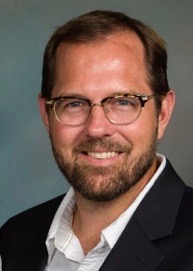This is the eighth of a series of nine posts that previews one chapter of the new book by Daniel Philpott, Religious Freedom in Islam: The Fate of a Universal Human Right in the Muslim World Today. This article features edited excerpts from chapter 8 of the book.
To read all posts in this series visit: Previewing Religious Freedom in Islam by Daniel Philpott.
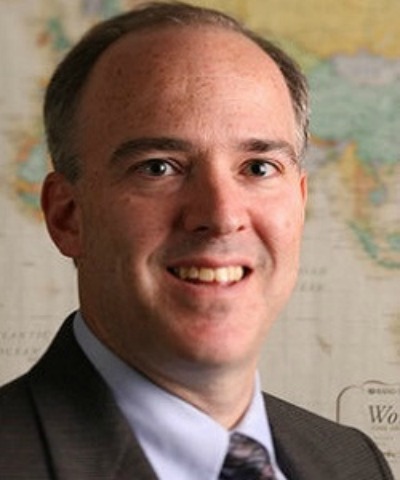
What Islam needs is a Reformation. This is a claim that one often hears in the Western media. In another version, it is an Enlightenment that Islam really needs. In either rendering, Western history is invoked to reveal a pathway for Islam. The West, too, once knew a time when intolerance reigned, the logic runs, but then a revolution took place that ushered in freedom. Should Islam experience a similar revolution, it, too, would realize freedom.
Muslims will not likely find these pathways to be promising. The Protestant Reformation divided Christendom, bred religious war, and took a century-and-a-half to produce a cluster of religious freedom champions, who remained a minority among Protestants. The Enlightenment was decidedly mixed in its support for religious freedom and yielded the harsh secularism of the French Revolution and its republican legatees in Europe and Latin America. Muslims have experienced the European Enlightenment directly on their own turf. Enlightenment ideas have inspired what my book, Religious Freedom In Islam, has termed the secular repressive model of regime (see this previous post), which has been realized in Turkey, the Arab world, and Central Asia.
Should westerners, then, abstain altogether from commending their own history as a pathway for Muslims? Western history does in fact contain a pathway to freedom that is promising for Islam. Ironically, it can be found in the religious body that the Reformation and the Enlightenment both considered freedom’s greatest enemy: the Catholic Church. It can hardly escape notice that the Catholic Church came around to religious freedom quite late in history upon the Second Vatican Council’s promulgation of Dignitatis Humanae, its Declaration on Religious Liberty, in 1965 –three centuries after certain Protestant and Enlightenment voices began to articulate religious liberty. The Church’s long historical pathway to Dignitatis Humanae, however, can prove instructive for Islam.
In some respects, the Catholic Church’s experience will not apply to Islam. For instance, Islam does not contain a single locus of authority that speaks for all Muslims in the way that the Catholic Church does through its pope, its bishops, and its theology of the Church as one body.
This difference, though, leaves intact the sense in which Dignitatis Humanae is directly relevant for Islam—namely, that it shows how a religious body that for many centuries did not teach religious freedom eventually found a way to embrace religious freedom that was compatible with its traditional teachings about religious faith.
By the end of the fourth century, the Catholic Church turned away from religious freedom as its bishops supported Roman emperors who restricted the practice of non-Christian religion – a stance that the Church would maintain up to the eve of Dignitatis Humanae in 1965.
What brought about the sea change in its teaching? Seven factors, I propose.
First, as I described for the Islamic tradition in this previous post, “seeds” of religious freedom were planted all along over the course of the Christian tradition. One robust seed of religious freedom was the remarkable articulations of the human right of religious freedom in the first three centuries of the Church’s history on the part of thinkers such as Lactantius and Tertullian. These teachings became resources for the fathers of the Second Vatican Council.
Second was the efforts of modern Catholic intellectuals to develop a defense of religious freedom as a human right in full. Critically, they defended religious freedom on grounds that were fully consonant with Catholic doctrine and tradition. Nineteenth century German Bishop Wilhelm von Ketteler and twentieth century philosophers like Jacques Maritain, Heinrich Rommen, and John Courtney Murray all come to mind.
A third factor in the pathway to Dignitatis Humanae was the abatement of anticlericalism in European states. After World War II, France, the Federal Republic of Germany, and Italy firmly rejected Fascism, managed to stave off Communism, and established constitutional democracies that robustly guaranteed religious freedom and other civil and political liberties.
A fourth factor, the American experiment, was an amplification of the third factor. The leaders of the Catholic Church in the Vatican looked across the ocean and saw, to their astonishment, a constitutional democracy that had guaranteed religious freedom almost from its beginning and where the Catholic Church had flourished. The United States taught the Church that it could do well under religious freedom.
If Western Europe and the United States showed the Catholic Church that it could grow in peace and safety under a regime based on religious freedom, other countries motivated the Church to adopt religious freedom from the other direction—by posing new levels of threat. The Communist regimes in the Soviet Union, Eastern Europe, and China that took power in the early and mid-20th century exceeded European anti-clerical regimes’ earlier aspirations to manage and marginalize the Church and actively sought to eradicate it. These threats were the fifth factor that led to Dignitatis Humanae.
The sixth factor that paved the pathway to Dignitatis Humanae was the success of the fathers of the Second Vatican Council in finding a religious basis for religious freedom. The core of the declaration’s argument is what its name conveys—the dignity of the human person. It is a certain dimension of this dignity, though, that grounds each person’s immunity from coercion in religious matters—namely, his duty to search for, find, and live out religious truth.
The seventh propellant of Dignitatis Humanae was an achievement that was critical for winning over skeptical bishops and delivering an overwhelming majority in favor of passage: the formulation of religious freedom in a way that was compatible with previous dogmatic teachings of the Catholic Church. The embrace of religious freedom involved no skepticism towards Catholic truth.
The factors that paved the way for the Catholic Church’s historical pathway to Dignitatis Humanae contain important lessons for Muslims. Most important, the declaration put forth a basis for religious freedom that was rooted in the teachings and traditions of the Catholic faith rather than secularism. Muslims who look askance upon religious freedom as an import from the West packaged in secularist containers should find such a basis attractive.
Like Catholicism, Islam is a religion that long predates the Reformation and the Enlightenment and has a history of suppressing or curtailing religious freedom in the public realm. Historically as well as today, Muslims widely have considered the promotion of religious faith to be critical for public order and for the true good of Muslims. In this respect, Islam is similar not o
nly to the Catholic Church, but also to many Protestant churches for several centuries, Hindu nationalist parties in contemporary India, Buddhist states in Sri Lanka and Burma, the Roman Empire, and, for that matter, the vast majority of countries prior to and outside of the (recent) modern West. If Muslims are to embrace religious freedom, then, they must be convinced that it is an authentically Islamic development.
Like the Catholic Church, Islam has been challenged by the Enlightenment, the French Revolution, and their historical legatees—Atatürk and the modernist dictatorships that came to power in the Arab world after World War II. These regimes have promoted secular public philosophies aggressively and marginalized traditional Muslims through force. If they are the carriers of religious freedom, then it is no surprise that Muslims, much like the popes of the 19th century, will want little to do with the principle.
Muslims are likely to find far more promise in a basis for religious freedom that is rooted in religion—the religious nature of the person, the nature of religious faith, and the communal dimensions of religious faith. They will accept religious freedom if it can be shown to develop seeds of the principle that have been present in the tradition for centuries and that were identified in the last post.
Muslims will also find religious freedom to be appealing insofar as actual liberal democracies incorporate it into their laws, uphold it robustly, and safeguard the conditions for Muslim communities to flourish. Actual experience with liberal democracies where devout Muslims prosper in their religious life will go a long way toward making the case for religious freedom, as the American experience did for the Catholic Church. Liberal democracies in which the government broadly supports religious communities and in which public policy is informed and shaped by religion will likewise serve to convince. The form and extent of the mutual influence of government and religion within a context of religious freedom will continue to be debated. Ought states to construct bureaucracies for managing religion? Or ought they to pass laws that encourage and enable religion but keep a distance from its activities?
Religious freedom, of course, also requires something important of Muslims—that they allow members of other religions the same freedom to proclaim and to practice that they ask for themselves. The Catholic Church had to come to terms with this requirement as it came to espouse religious freedom over mere tolerance or hypothesis. Muslims will be far more likely to follow this path if they, paralleling Catholics, become convinced that it is a genuinely Islamic one.
Daniel Philpott is a Professor in the Department of Political Science at the University of Notre Dame and a Senior Associate Scholar at the Religious Freedom Institute.
All views and opinions presented in this essay are solely those of the author and publication on Cornerstone does not represent an endorsement or agreement from the Religious Freedom Institute or its leadership.
THE RFI BLOG
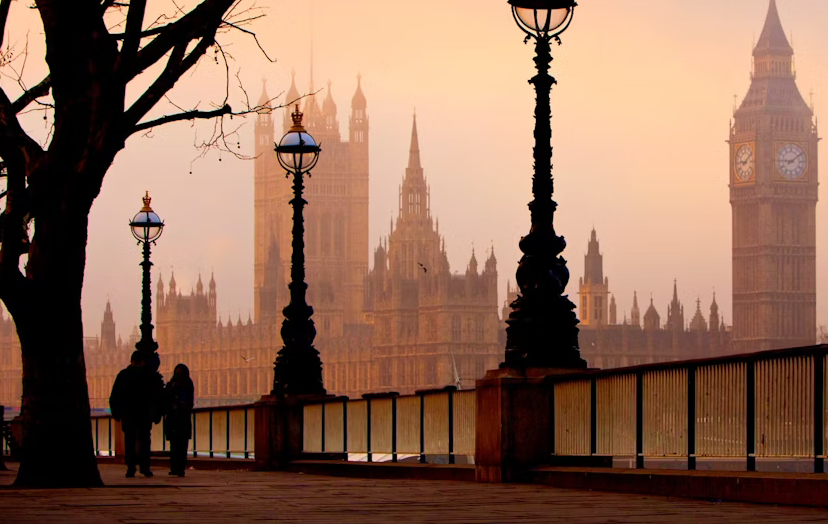
Religious Freedom Is Back on the UK’s Agenda
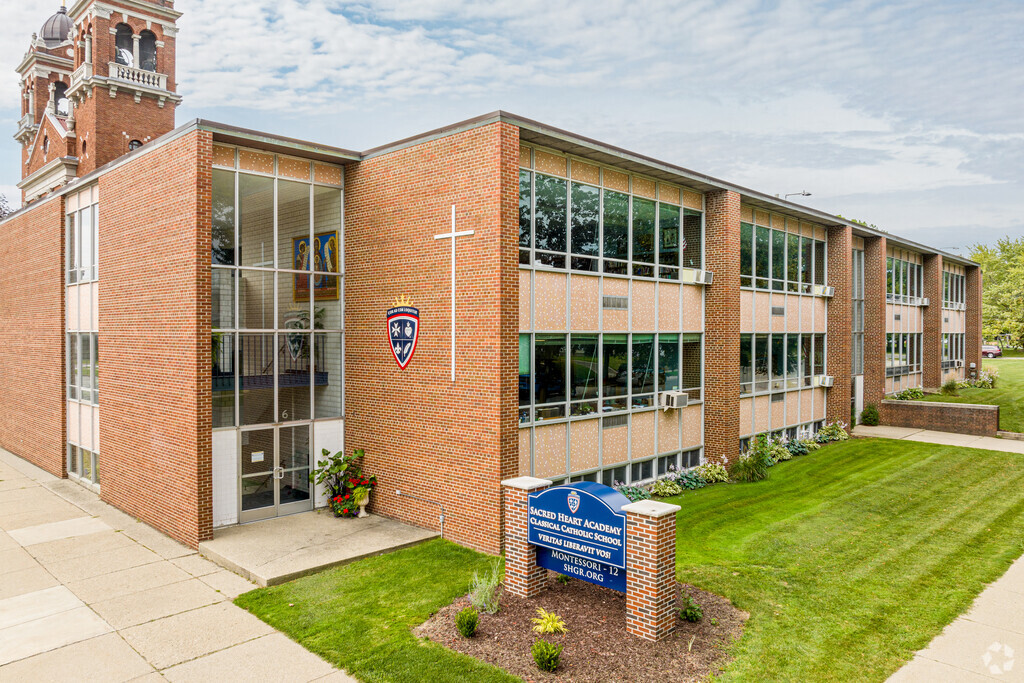
Be More Faithful, Become More Resilient: An Invitation to Religious Institutions

How Soccer Reveals Different Meanings Of ‘Secular’ In France And The US
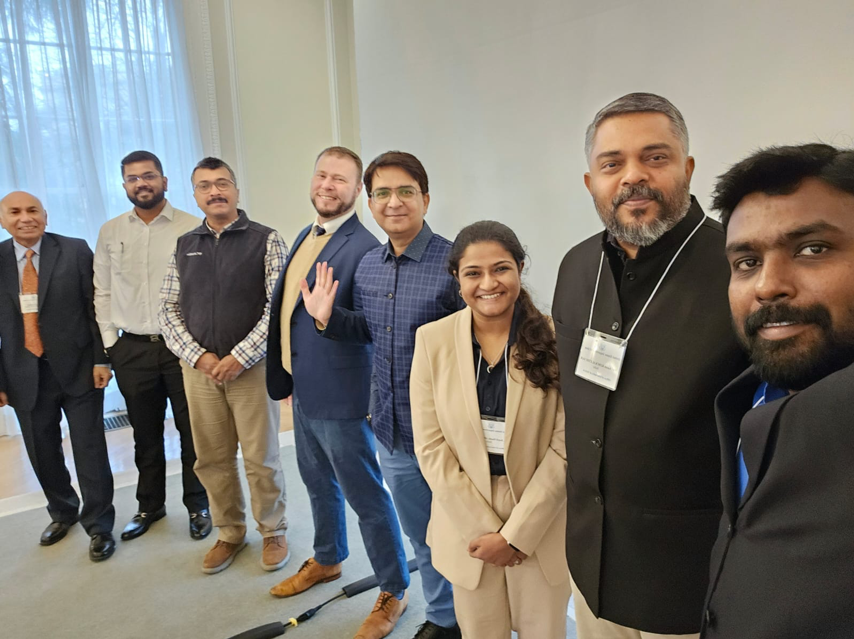
RFI’s Ismail Royer Meets with Delegation from India
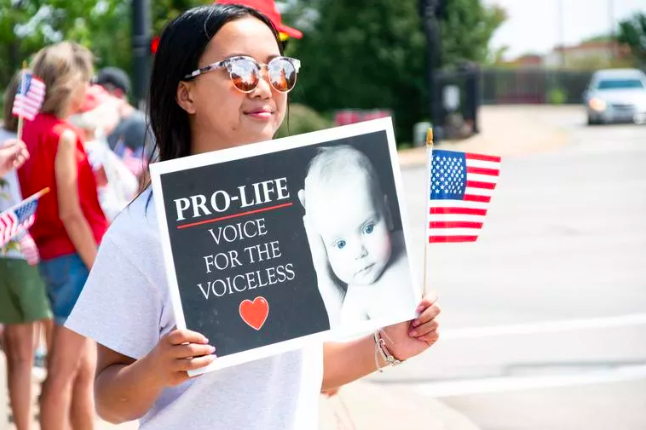
Protecting the Unborn, Mothers, and Medical Ethics: The Stakes of Arkansas’ Amendment
CORNERSTONE FORUM

Public Bioethics & the Failure of Expressive Individualism

Religious Liberty in American Higher Education

Scotland’s Kate Forbes and the March of Secularism

70 Years of Religious Freedom in Sweden: Prospects and Challenges
